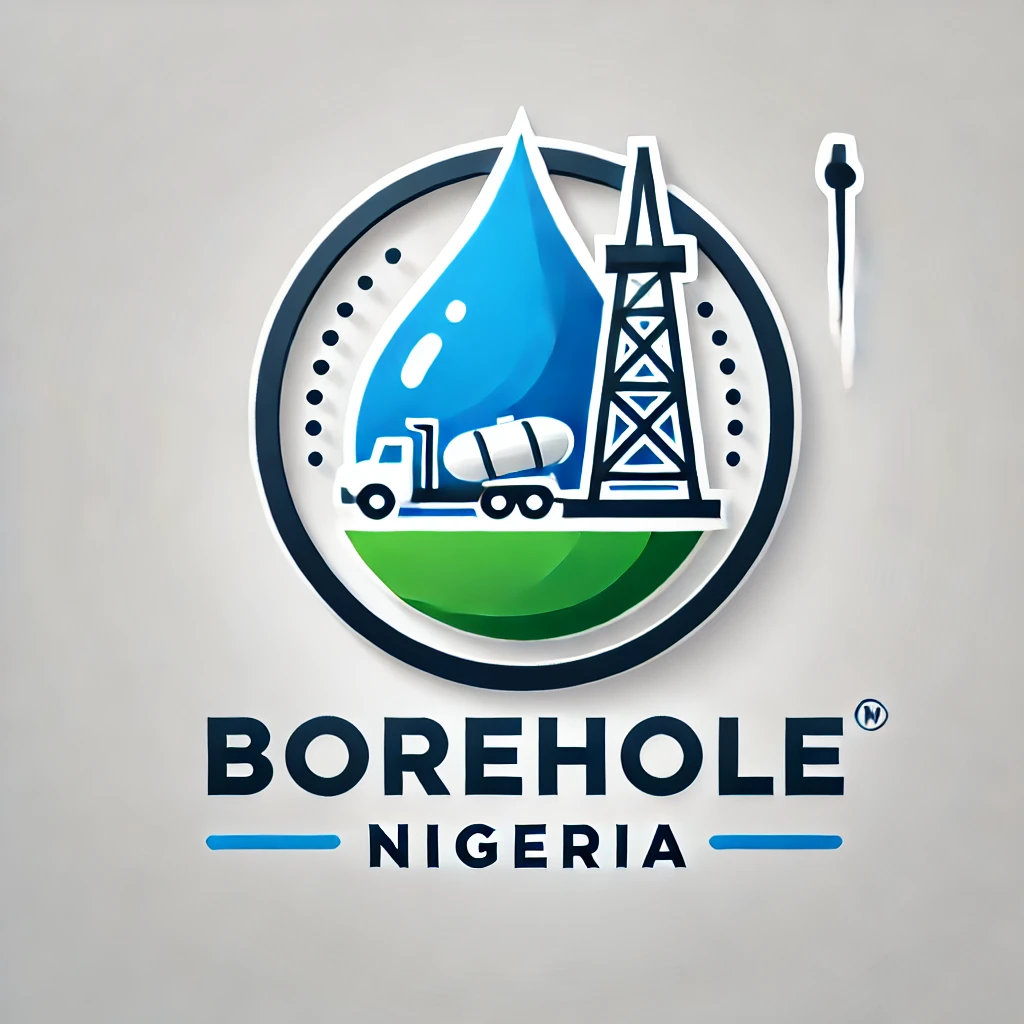Investing in oil and gas wells can be highly lucrative, but it’s also one of the riskier forms of investment. Understanding the process, tax incentives, risks, and types of investments available can help you make informed decisions.
Here’s a comprehensive guide to get you started on oil and gas well investments.
Table of Contents
- Understanding Oil and Gas Investments
- Types of Oil and Gas Investments
- Tax Benefits for Oil and Gas Investments
- Risks Associated with Oil and Gas Investments
- Steps to Investing in Oil and Gas Wells
- Evaluating a Potential Oil and Gas Investment
- FAQs
1. Understanding Oil and Gas Investments
Investing in oil and gas wells involves financing the drilling and production of oil or natural gas, typically through direct investment in a drilling project. If successful, these investments can yield returns over years or even decades. It’s an asset class that tends to be less correlated with stock markets, which can diversify a portfolio.
However, this sector is capital-intensive and carries high risk, especially for investors new to the industry. Understanding market dynamics, geology, and energy policy trends is essential.
2. Types of Oil and Gas Investments
A. Exploratory (Wildcat) Wells
- Risk Level: High
- Description: These wells are drilled in unproven areas where there’s no previous oil or gas production.
- Pros: High returns if successful.
- Cons: High chance of failure; only about 10-20% yield positive results.
B. Developmental Wells
- Risk Level: Moderate
- Description: These wells are drilled in areas with proven reserves but without existing drilling.
- Pros: Lower risk than exploratory wells.
- Cons: Moderate return potential.
C. Income Wells (Production Wells)
- Risk Level: Low
- Description: These wells are already producing oil or gas. Investments are made to share the revenue from ongoing production.
- Pros: Stable cash flow.
- Cons: Lower potential for large returns; production declines over time.
D. Royalty Interests
- Description: Investors purchase the rights to a portion of the income from oil or gas production without assuming drilling or operational risks.
- Pros: No operating costs or direct risks.
- Cons: Returns are smaller since investors aren’t involved in direct production.
E. Drilling Funds
- Description: Pooled investment vehicles where multiple investors fund several drilling projects, providing diversification.
- Pros: Diversification across different projects.
- Cons: Management fees, limited control over projects.
3. Tax Benefits for Oil and Gas Investments
Investing in oil and gas wells comes with significant tax benefits designed to encourage domestic energy production:
- Intangible Drilling Costs (IDCs): Deductible in the year they are incurred, covering about 70-80% of well costs (such as labor, site prep).
- Tangible Drilling Costs (TDCs): Capitalized and depreciated over seven years, covering equipment costs.
- Depletion Allowance: Allows investors to deduct a portion of the well’s income to account for resource depletion.
- Active vs. Passive Income: Oil and gas investments are often considered active income, which means they’re not subject to passive income loss limitations, providing more flexibility for tax write-offs.
4. Risks Associated with Oil and Gas Investments
A. Market Volatility
- Oil and gas prices fluctuate based on global supply and demand, impacting returns.
B. Geological Risk
- Uncertainty around the actual amount of oil or gas present, even in proven areas, poses a risk.
C. Regulatory and Environmental Risk
- Government regulations or environmental policies can impose restrictions, adding to operational costs.
D. Operational Risk
- Weather conditions, technical issues, or accidents can disrupt production and reduce profitability.
E. Liquidity Risk
- Oil and gas investments are often long-term commitments and can be challenging to exit quickly.
5. Steps to Investing in Oil and Gas Wells
- Define Your Goals: Determine your risk tolerance, investment horizon, and income expectations.
- Research the Industry: Stay informed about oil market trends, pricing, and technology.
- Consult a Tax Advisor: Due to complex tax benefits, a tax advisor can help maximize deductions and plan effectively.
- Choose Your Investment Type: Decide between direct investments, royalty interests, or a drilling fund.
- Conduct Due Diligence: Verify the credibility of operators, geological assessments, and financial models of the investment.
- Monitor Your Investment: Track production, pricing, and any tax considerations.
6. Evaluating a Potential Oil and Gas Investment
A. Operator’s Experience
- Look for a reputable operator with experience in the targeted region and a history of successful projects.
B. Location and Geology
- Ensure the project is in an area with proven reserves or solid geological prospects.
C. Cost Structure
- Understand the drilling costs, management fees, and how profits are shared.
D. Production Estimates
- Review projected production rates and the timeline for reaching full production capacity.
E. Exit Strategy
- Determine if there’s a clear plan to sell or exit the investment if necessary.
7. FAQs
Q: Is investing in oil and gas wells suitable for beginners?
A: Generally, oil and gas investments are more suitable for experienced or accredited investors due to the risks and complexity involved.
Q: How long do oil and gas investments take to return profits?
A: Returns can vary. Exploratory wells may take years, while income wells can provide immediate returns from existing production.
Q: Can oil and gas investments lose all their value?
A: Yes, if a well is dry or oil prices drop significantly, the investment can lose its value.
Q: What is the minimum investment amount?
A: This varies by project, but many direct oil and gas investments require a minimum of $25,000 or more. Smaller investments may be possible through mutual funds or ETFs focused on the energy sector.
Investing in oil and gas wells can yield substantial returns, but they require careful planning, expert advice, and thorough research. With a clear understanding of the risks, tax benefits, and types of investments available, you’ll be better positioned to make informed decisions in the energy sector.
